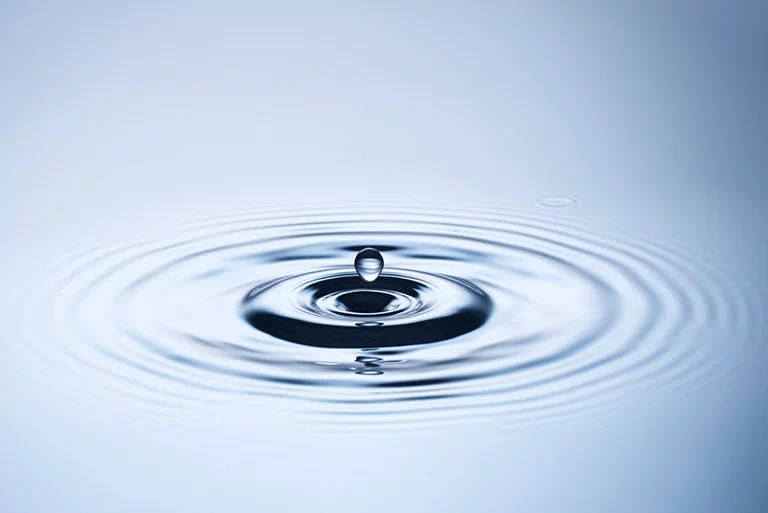WATER

Pharmaceutical Purified water
Water is used on a regular basis in the manufacturing process of medicinal products for rinsing, cooling and various types of cleaning. It is widely used as a solvent for active substances becoming a component of a medicinal product and thus potentially influencing the quality of manufacturing. As commonly known, water with microbiological impurities is one of the most frequent reasons for manufacturing contamination.
By cooperating with BIO-CHIC Laboratory, many of our loyal Customers could quickly react to any water quality issues and undertake necessary action preventing possible financial losses.
Tests of microbiological purity are performed according to the pharmacopoeial methods. They include total microbial count and indicator microbes, if requested by the Customer. Reliable results depend on the proper collection of samples. Our employees have a vast expertise and experience. We offer on-site visits at any pre-arranged time.
Drinking and industrial water
Most infections resulting from the consumption of contaminated water cause gastrointestinal inflammation. It is accompanied by various symptoms depending on the pathogenic factor. Microbiological testing of drinking water determines the risk of transferring a disease from the aqueous environment. Testing for all possible pathogens in water is impractical and costly. For that reason routine monitoring of water is based only on tests of indicator microbes.
Analyses of bacteriological purity are performed in line with the applicable requirements from the Regulation of the Minister of Health on water intended for human consumption.
Analyses are performed according to the following standards:
- Total number of microorganisms – PN-EN ISO 6222:2004
- Escherichia coli and coliform group – PN-EN ISO 9308-1:2014
- Enterococci fecal – PN-EN ISO 7899-2:2004
- Clostridium perfringens – PN-EN ISO 14189:2016
- Legionella – PN-EN ISO 11731:2017
Water treatment plants
We offer continuous monitoring of water treatment plants in manufacturing facilities according to Customer's schedules. Water from various intakes is tested for microbiological contamination according to pharmacopoeial methods or Customer's specifications. Our highly-qualified microbiologists/sample collectors obtain samples at a time suitable for the Customer and deliver them to the Laboratory.
Swimming pools and recreational facilities
The unique environment of a swimming pool or a jacuzzi favour the circulation of pathogenic bacteria and other microorganisms. Common showers, changing rooms and wet floors constitute excellent conditions for infections to spread. Owners or administrators of swimming facilities should not only control the disinfection and treatment process and perform cleaning and maintenance procedures on a regular basis, but also constantly monitor water quality against microbiological and physicochemical requirements.
LEGIONELLA
Legionella has always surrounded us. However, the risk of infection with the bacteria found in nature is very low. It is much easier to fall victim to it using various modern inventions.
Why? Legionella finds a perfect setting for its development in aqueous or humid environment, especially in still water reservoirs with deposits, mud, rust or biological growth. The presence of iron compounds is also an important factor, and the temperature of 20-55oC plays a crucial role. Infection is possible only by inhaling airborne aerosol (not by consumption of water or contact with an infected person).
Gram-negative Legionella multiply extremely well in such devices as:
- distribution systems for hot and cold water (water storage tanks, heaters, shower heads, faucets, hot water supply networks),
- air-conditioning devices (sprinkling chambers)
- cooling towers,
- various damping devices,
- pools (tubs) with hydro massage (jacuzzi, whirlpool, sparkling pools),
- dental turbines,
- respiratory aids, inhalators,
- decorative fountains, water cascades, garden sprinklers.
In air-conditioning systems, especially advantageous conditions for the development of Legionella are found in cooling towers, evaporation condensers, sprinkling chambers or coolers with direct water evaporation, but also in evaporators of air-conditioners, drip trays or even air filters.



